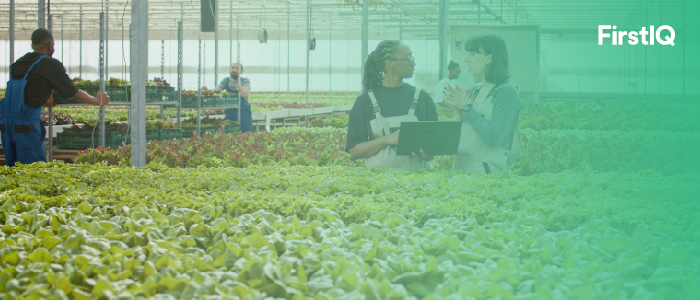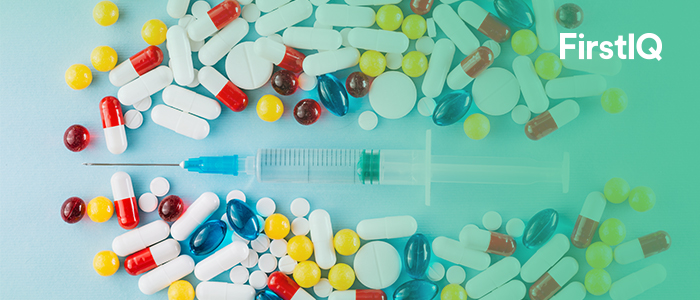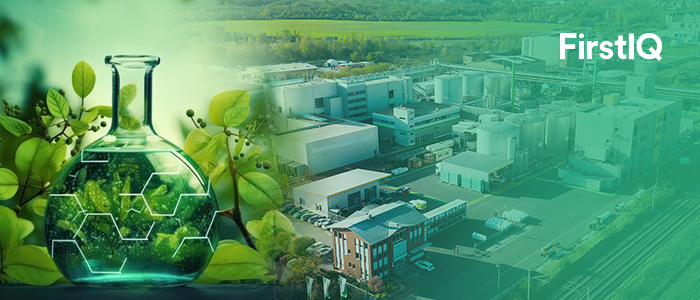U.S. Fungicides Go Smart, Sustainable, and Science-Led

The U.S. agrisystem is changing in 2025, and innovation in fungicides is the driver with increasing disease pressure and growing expectations for sustainability.
As pathogens become resistant to disease-causing agents and growers come under pressure to produce residue-free crops, the fungicide industry is gravitating towards smart, science-led, and sustainable solutions.
- One of the year's breakthroughs was the launch of BASF's Adapzo Active, a novel mode of action through HDAC inhibition
This biochemically distinct mode, independent of the other classes of fungicides, promises new hope in resistant populations of disease management.
Initially developed to fight Asian Soybean Rust, a more common variant of the disease in South America, technology in Adapzo Active is a strategic, forward-thinking move for U.S. systems of resistance management, and one with global crop protection innovation ramifications.
"Adapzo Active is a shift towards non-traditional forms that will reshape fungicide pipelines globally," industry executives testified at 2025 regulatory hearings.
Sustainability Fuelling Pipeline Diversification
Along with the advancement of synthetic chemistry comes growing momentum for non-synthetic fungicides in the US marketplace. The introduction of EcoSwing, a botanical active that has promise for organic as well as conventional crops, highlights the product innovation wave for green customers and regulation.
- The introduction of EcoSwing demonstrates how companies are responding to demands for residue-free, sustainable solutions.
- It is a significant endorsement of biopesticides as a more efficient and easier-to-use alternative to conventional chemistries.
The shift fits into larger trends in organic and regenerative agriculture where input safety, residue reduction, and biodiversity conservation are top of mind.
Revolutionising Fungicide Application through Precision Timing
Fungicide efficacy is no longer rated on the single parameter of disease control. A new generation of fungicides has demonstrated multi-value activity, coordinating disease control with optimising plant growth.
The best example is FMC's Xyway fungicide brand, applied in-furrow at planting, instead of follow-up in-season treatment.
- Season-long disease management and root and shoot growth stimulation through early positioning.
- Producers observe heightened photosynthetic capacity and crop health and include fungicides as components of general regimes of yield increase.
Such dual purpose is exemplary in that fungicides are now employed not solely for protection but as a performance-improving factor in integrated crop management.
Powering Growers through Information and Education
Evidence-based utilisation of new and available fungicides is facilitated by data-driven decision aids being updated and rolled out across the nation.
Crop Protection Network (CPN) has published its 2025 efficacy tables, which illustrate:
- Independent field test results from a range of U.S. growing regions.
- Top-performing fungicide performance values versus top crops like corn, soybean, and wheat.
- Guidelines to help with resistance management and multi-mode of action planning.
These resources are regularly employed by extension specialists and agronomists to assist producers in making the optimal choice regarding the optimal fungicide at the optimal time, enabling data-driven stewardship.
Established Support for Specialty Crops
Beyond row crops, regional universities are jumping into specialized guidance for valuable crops. Some of the best options for 2025 are North Carolina State University's new fungicide spray guides for pepper and tomato crop production.
They provide:
- Best management practices in rotation and compatibility with products.
- Recommendations on pre-harvest intervals based on local conditions and resistance patterns.
They are an example of how universities are rising to the challenge to become leaders in on-farm adoption of fungicide stewardship of specialty crops.
New Study Illuminates Non-Target Effects
As the market continues to expand, researchers have been ringing the alarm about the non-target effect of fungicides on beneficial fungi, particularly those utilized as part of biocontrol.
Certain chemical fungicides, studies have shown, have been identified to be successfully inhibiting fungi that improve biocontrol, resulting in improved coordination among the plant pathology and entomology communities.
It has triggered new interdisciplinary studies to verify non-target effects and inform product development over decades.
It is a critical field of study as integrated pest and disease management is increasingly becoming the foundation of the U.S. agricultural sector.
Market Trends and Growth Outlook
- The U.S. fungicide market is projected to hit USD 1.04 billion by the year 2025, with a steady growth rate expected up to 2030
- The North American market for fungicides is likely to be USD 2.2 billion in 2025 through higher use of biologicals, precision, and resistant cultivars
- The global market for fungicides will increase at a 5.3% CAGR during 2024-2032, from USD 21.2 billion to USD 31.9 billion in the near future
- The fusion of crop protection and plant health is the major trend in the United States, a turning away from reactive sprays to active, physiological boosting
Conclusion: Clever, Sustainable, and Science-First
U.S. fungicide innovation in 2025 is dominated by:
- Molecular breakthroughs like HDAC inhibition against resistant diseases.
- Biopesticide augmentations like EcoSwing facilitate organic and sustainable farming.
- Increased application technology, like in-furrow delivery through the use of Xyway.
- Efficiency-aided CPN and local university spray guides.
- Interdisciplinary science offering responsible integration of biological and chemical controls.
Fungicide futures are not all about defence anymore. It's about having the optimal performance, sustainability, and precision farming. The United States is a leader in innovation coupled with stewardship, addressing changing agricultural needs today.





